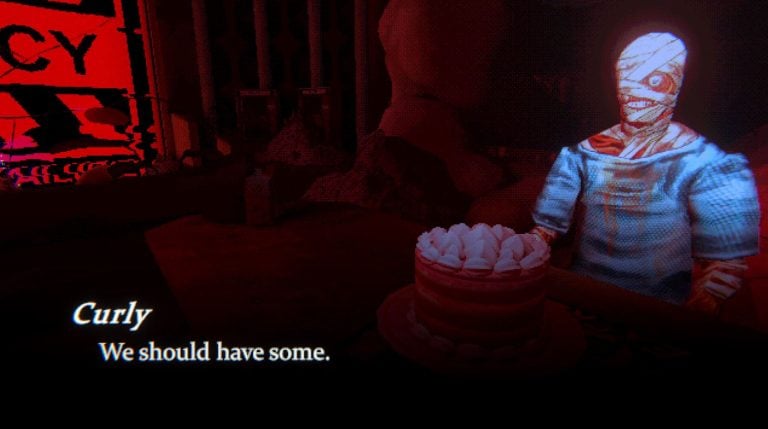Publication date of the original Japanese article: 2022-06-28 22:34 (JST)
Translated by. Marco Farinaccia
Cygames released their new roguelite action game Little Noah: Scion of Paradise for the Nintendo Switch, PlayStation 4, and PC (Steam) in June. Cygames making a roguelite game is in itself a surprise, but this new game is also a revival of the Little Noah IP from the mobile game of the same name which ended service in 2019 (known as Battle Champs in the West). The aim was to use the IP’s cute characters, including the protagonist Noah, to create a vibrant roguelite game.
Cygames teamed up with Grounding on development of the title and handled the overseas release themselves. Little Noah: Scion of Paradise represents many new challenges for the company, and we sat down with the game’s two directors, Cygames’ Hiroki Matsuura and Grounding’s Kengo Shibata, to talk about how it was created.
*This article is a summary of the interview originally published on the Japanese edition of AUTOMATON.
A roguelite born from a love of the genre
Cygames is already developing a number of titles internally, such as GRANBLUE FANTASY: Relink, so why did they decide to jointly develop a new game with Grounding? According to Matsuura, there simply weren’t enough internal staff available when the project first began. They started searching for an external development partner and had a discussion with someone at Grounding who was an old acquaintance of the new project’s art director. As for why they then decided to choose Grounding as their partner, Matsuura gave the following explanation:
“The CEO of Grounding is Yukio Futatsugi, the creator of Panzer Dragoon, so I thought the company would have expertise in creating action games. Also, when I was speaking to one of the engineers at the company, I realized that they were very meticulous when it came to action games. I believe that one of the most important aspects of an action game is how the controls feel when you play it, and that’s something I’m very fussy about when it comes to the genre. Regardless of how good the planning and direction of a game are, if you don’t have people who really understand the finer points of what makes an action game feel great to play, then that’s one aspect that you won’t be able to achieve. It was for these reasons that I decided to ask Grounding for their assistance with the project.”
At its biggest, the development team was composed of around 30 people from Grounding and three main people from the Cygames side: Matsuura, who is directing the game, as well as the art director for 2D illustrations and the main scenario writer. A number of other people from Cygames have also helped out from time to time.
The game was being developed in accordance with the outline created by Matsuura, and Grounding was in charge of implementing the gameplay elements. With regard to the size of the team, Matsuura stated that “Lately, there have been a large number of high-quality indie games made by very small teams. We had the mindset that we could make something that would be every bit as good as those games.”
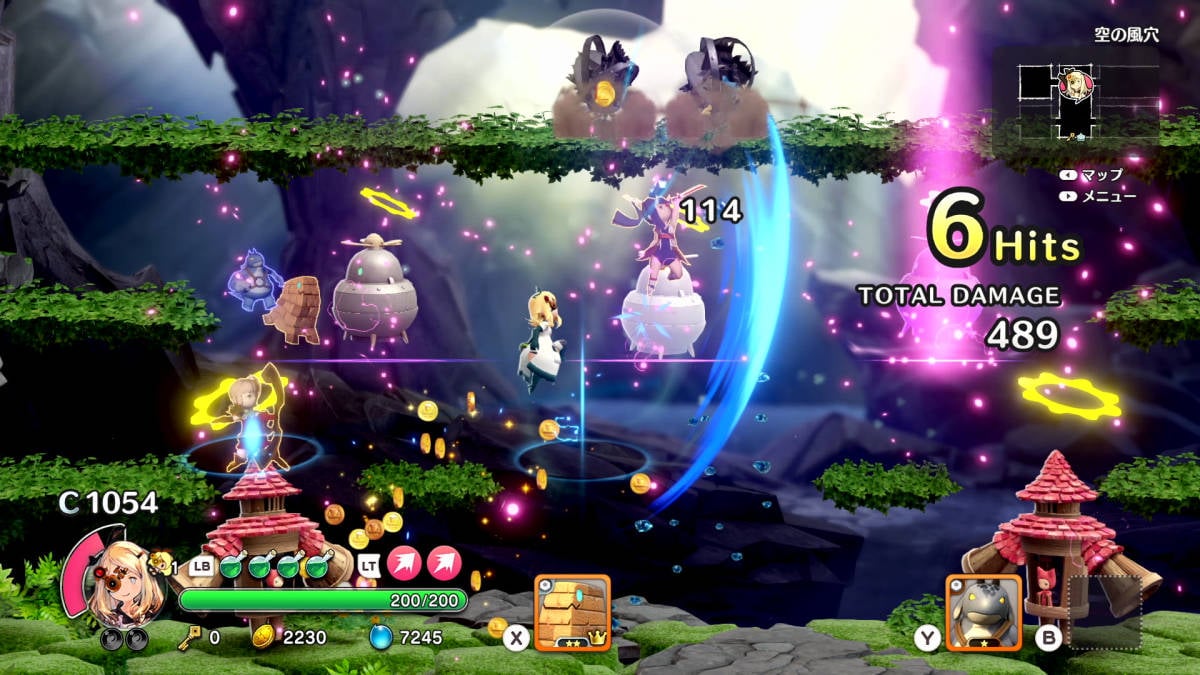
But why bring back the Little Noah IP now? As a matter of fact, the IP was not a part of the project in the beginning, as it was actually the gameplay systems that were designed first. When coming up with ideas for a game proposal, Matsuura was hooked on the roguelite action game Dead Cells, and he had wanted to make something similar. Matsuura also noted how that kind of game fit the limited development period that was available to them.
Matsuura is a big lover of games and plays every title that he can get his hands on. He said, “Each week I check out a number of game stores and buy a bunch of games to play. When I first played Dead Cells, the combination of action and roguelite elements really blew me away. I was impressed by how they had created such an interesting fusion of styles. After playing a number of similar games, I began to want to make my own game in the genre.”
Other than Dead Cells, he said the other roguelite action games he likes are Neon Abyss, Hades, Rogue Legacy, Risk of Rain 2, UnderMine, ScourgeBringer, and Orbital Bullet. Though not in the same genre, he has recently been enjoying 20 Minutes Till Dawn.
Little Noah: Scion of Paradise is a game that takes cues from many of these existing roguelite action games, but it also incorporates its own original elements. Matsuura elaborated on this, saying, “For example, we’ve implemented combos in the gameplay that use many of your allies. It’s similar to some older games like Valkyrie Profile and Xenogears where each button was tied to a character or a move, and you could create combos to your own liking. Those games were RPGs, of course, but I thought about how it would turn out if I incorporated a system like that into a side-scrolling action game. I also wanted to include the element of creating a team from a large number of characters that you develop, similar to what you find in smartphone games.”
The idea was to combine these elements with a roguelite where each time you entered a dungeon, you could encounter new allies, add them to your team, and think up new combos. However, the development period for the game was limited (it took two years to complete but was initially targeted for a much shorter schedule), and Matsuura knew that creating a system like that in such a short time would be difficult. That’s when he proposed that they use the Little Noah IP, which contained a huge cast of characters with already completed models.
A roguelite action game for players of all types
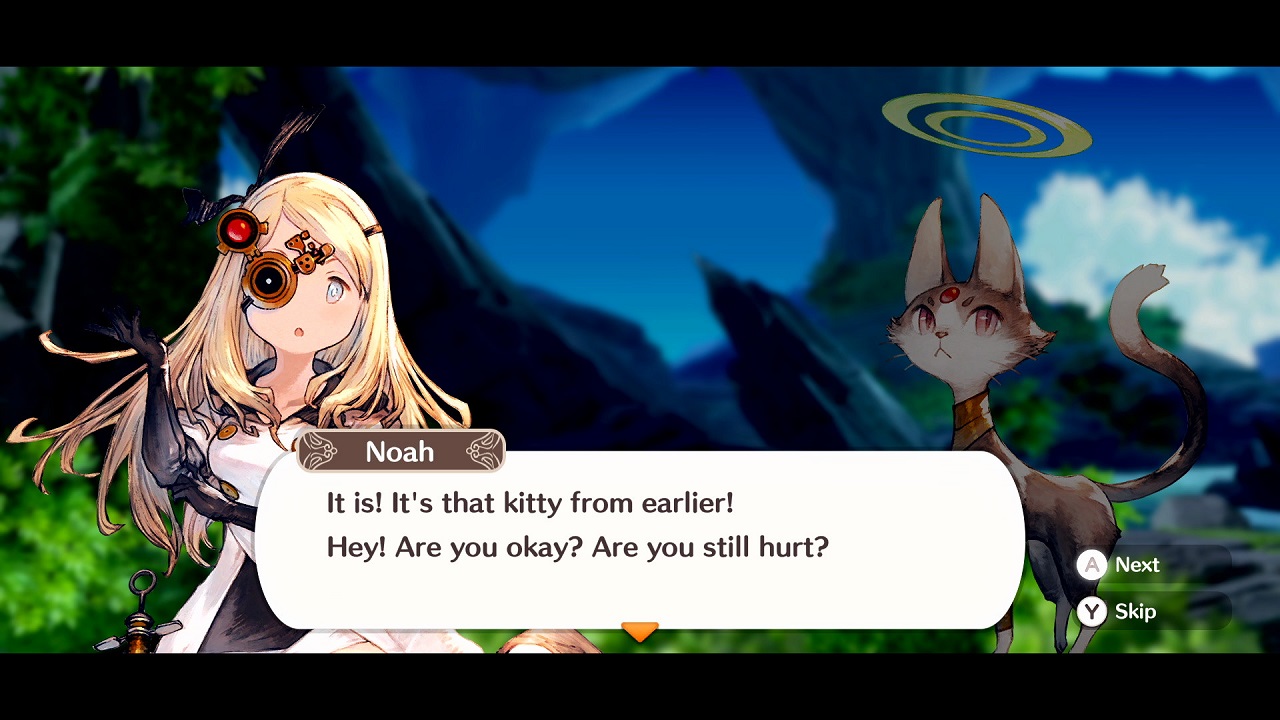
The goal they had for the graphics was to create dazzling visuals that could be enjoyed by anyone. Matsuura said, “We were mindful of creating graphics that would make the game look appealing even to children.”
He continued, saying, “We put a lot of effort into making sure that the game could be played by anybody, even beginners. Although I play them myself, I think that the side scrolling action games where you constantly die as you progress are intended for veteran players. In the beginning, everyone in the team was quite troubled about how we could adapt the genre to make it suitable for a wide range of gamers. We worried about things like whether it was better to focus on making the effects cute or whether they should be made flashy. There was quite a lot of trial and error in terms of how the setting of game was depicted, too.”
Roguelite action games are quite popular among core gamers, but there are still many people who don’t know about the genre. In order to appeal to these people, Matsuura and his team incorporated things like eye catching visuals, a vibrant atmosphere, and a structure that makes the player feel like they will eventually beat the game even if they die a lot.
There are many roguelite action games that don’t place much focus on the story, but Little Noah: Scion of Paradise features detailed storytelling. For Matsuura and his team, this was just one more aspect that could be used to draw in different players: “One of our major goals was to create an incentive that would encourage players to continue advancing through the game. I thought that the story would be a hook that could keep players eagerly awaiting what comes next. In order for the game to appeal to a wide range of players, I felt that it was important to have a story similar to those found in classic JRPGs. A tale composed of mysteries, longtime foes, allies that you develop bonds with, and touching scenes that are full of emotion. I believe that the quality of a story is closely tied to the enjoyment of a game.”
Small but significant ideas

The camera in this game is positioned closer to the character than it is in other 2D roguelite action games. This was an intentional decision to allow the characters to be seen in more detail. Matsuura remarked that “Noah is incredibly cute, as are all the other Lilliput characters that accompany her. That’s why I first wanted to make sure players get a good look at the characters and develop an affinity for them. Getting people interested in the characters is something that can lead to them trying the game out, so we paid a lot of attention to the positioning of the camera.” Of course, the team understood that visibility is generally improved by placing the camera further away, so they did a lot of experimentation in an attempt to find a good balance.
In Little Noah: Scion of Paradise, the total battle strength of your team changes depending on what Lilliputs and Accessories you equip, and your rank is then determined by that battle strength value. As for why they decided to introduce that kind of system, Matsuura explained that “As the player ventures through dungeons and gathers more allies, they get the sense that their strength is increasing. I thought making that value easy to grasp by displaying it in numerical form would be best. In fact, the game Dragalia Lost has a similar system where your strength is shown by a so-called ‘Might’ value. I think this kind of thing is probably quite common in smartphone games.” A number that displays your team’s overall strength is definitely something that is often featured in Japanese smartphone games; however, Matsuura believes this may be the first time that such a system has been included in a roguelite action game.
Matsuura also discussed why the bosses in the game have a somewhat large amount of health: “We gave bosses a lot of health with the aim of making it easy for players to feel how strong they’ve become while advancing through the game. I think that after you’ve done something like adjust your team build or increase your attack strength, it’s during boss fights that you can really get a grasp on how much stronger you actually are. That’s why I wanted to give bosses high health, within reason.” Shibata also concurred with this view, adding, “The boss fights act as hurdles or checkpoints that test the player’s ability at the game. That’s why we made them a little tougher.”
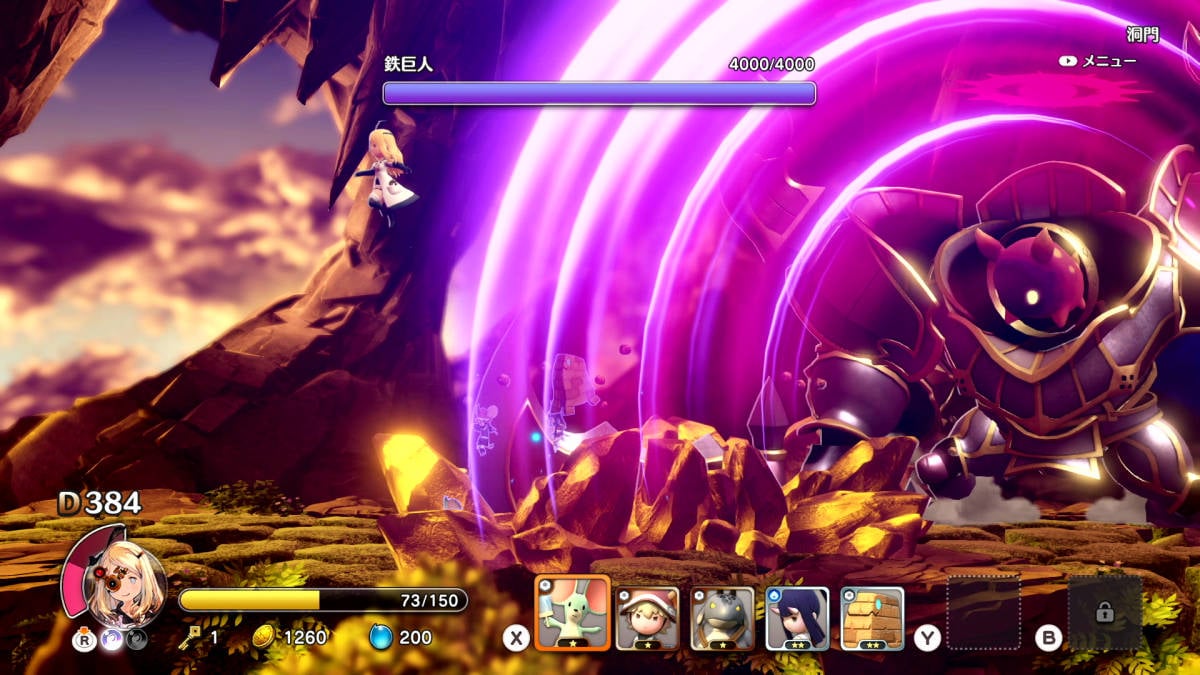
Why they didn’t make use of early access
Many roguelite style games will initially launch in early access in order to gather player feedback that can be used to make balance adjustments. The team had considered releasing Little Noah: Scion of Paradise in early access but ultimately decided against it. Matsuura noted that “It lessens the impact of the game’s launch, don’t you think? I thought that it would be more enjoyable for players if we released the finished product in one big burst.”
Despite the high quality and large amount of content in the game, it is priced at only $14.99. Matsuura explained that this price point was chosen strategically: “This was the first download-only title created by Cygames to receive a simultaneous worldwide release. We chose a competitive price in an effort to get the game into the hands of more players and show them that we have the ability to make interesting games. You could say that this is kind of a self-introduction price.”
As an aside, the game will take around 20 hours if you take your time. Those who wish to complete every challenge the game has to offer should expect a play time of over 50 hours.
Cygames is passionate about creating post-release updates for their games, and there are currently two planned sets of DLC for Little Noah: Scion of Paradise. The first set will contain two different Avatars (visual options for the playable character Noah), three Lilliputs, and five kinds of Accessories. Some of the planned DLC Avatars are a costume based on the character Pecorine from Princess Connect! Re:Dive, included in set 1, and a costume based on Special Week from Uma Musume Pretty Derby, included in set 2. There are also free updates that are expected to be released alongside the DLC sets. The first free update will add new, high difficulty content to the game.
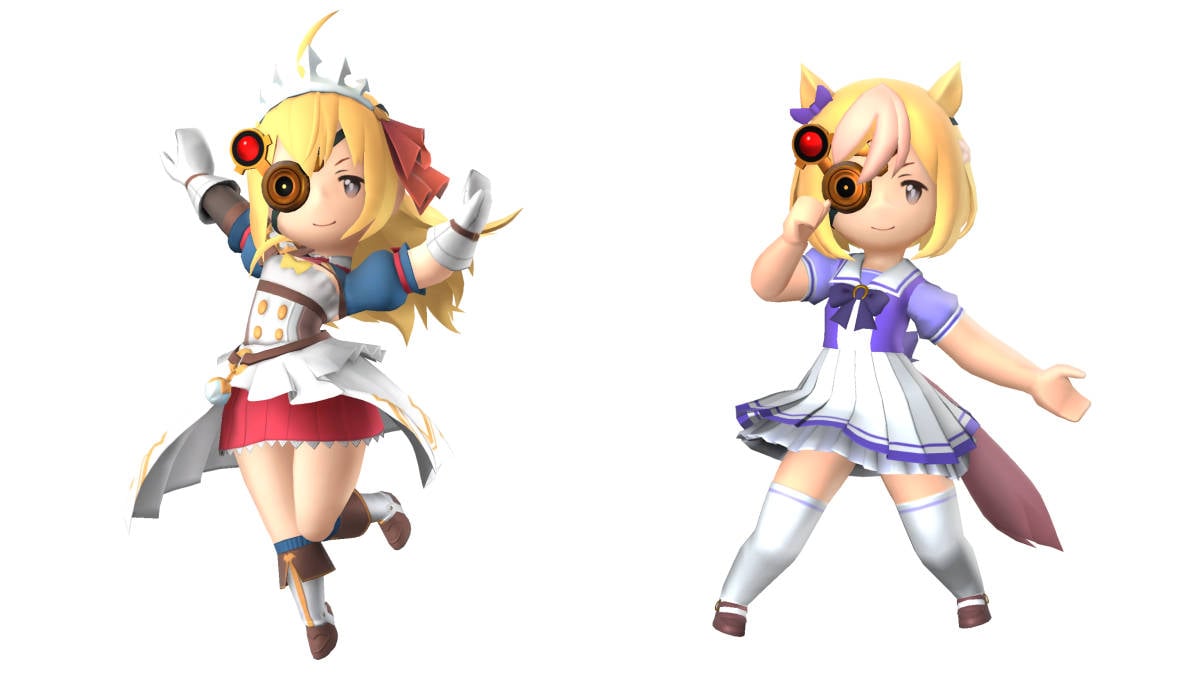
While the maps in the game are procedurally generated, the team is considering implementing some speedrunning elements. As they were unable to implement a system where players could input a map seed to compete with others on the same map, they are instead thinking about whether they can include an alternative method that would be added later, likely as part of the second free update.
Development during the pandemic
Although the game was developed during the COVID-19 pandemic, things progressed quite smoothly. According to Shibata, it was tough before they settled on a direction for the game, but after that, development continued along without a hitch. As a matter of fact, this interview is the very first time that Matsuura and Shibata have met each other in person. Since the pandemic prevented them from actually meeting, they made sure to establish a strong connection online, linking up twice a week through the use of software like Zoom.
“In addition to that, we would use Slack to communicate if something popped up. It was really useful because if you felt the need to discuss an issue that you saw in a message, then you could start speaking to each other with just the press of a button. In that sense, it allows you to replicate the feeling of actually having a conversation with someone who is sitting beside you,” elaborated Matsuura.
Fire is recommended for beginners, while advanced players should try out wind

For beginners who want an easier time with the game, Matsuura recommends they build their team around fire elemental characters who are land-based: “In this game, attacks tend to differ depending on the element. We designed the system so that in the end, it was more beneficial to combine Lilliputs and Accessories that are of the same type.” Shibata provided further explanation, saying, “By focusing on the fire elemental characters, your close-range attacks will become more powerful, so I think that it’s a good way to build a reliable team. On the other hand, wind elemental characters are better suited to more advanced players. These characters can link combos and rapidly increase their power, but this also requires the player to be skilled at moving and positioning. I think that high level players will be able to unleash incredible amounts of damage with wind types.”
Matsuura said that they made different elements suitable to different skill levels because they wanted the gameplay to evolve as players progress: “At the beginning of the game, your first goal is to collect five Lilliputs. After that, you will gradually obtain stronger Lilliputs and start to think about which ones to add to your team. Very rare or powerful Lilliputs are certain to be included as soon as they are acquired. When thinking about how to get stronger, the next step is to combine your Lilliputs with Accessories and create specialized team builds. Once we had established the flow of the gameplay, we then separated the Lilliputs in an easy-to-understand manner, which is by elemental types. The base idea is that you become stronger by gathering more of the same elements.”
Thoughts on the appeal of Little Noah
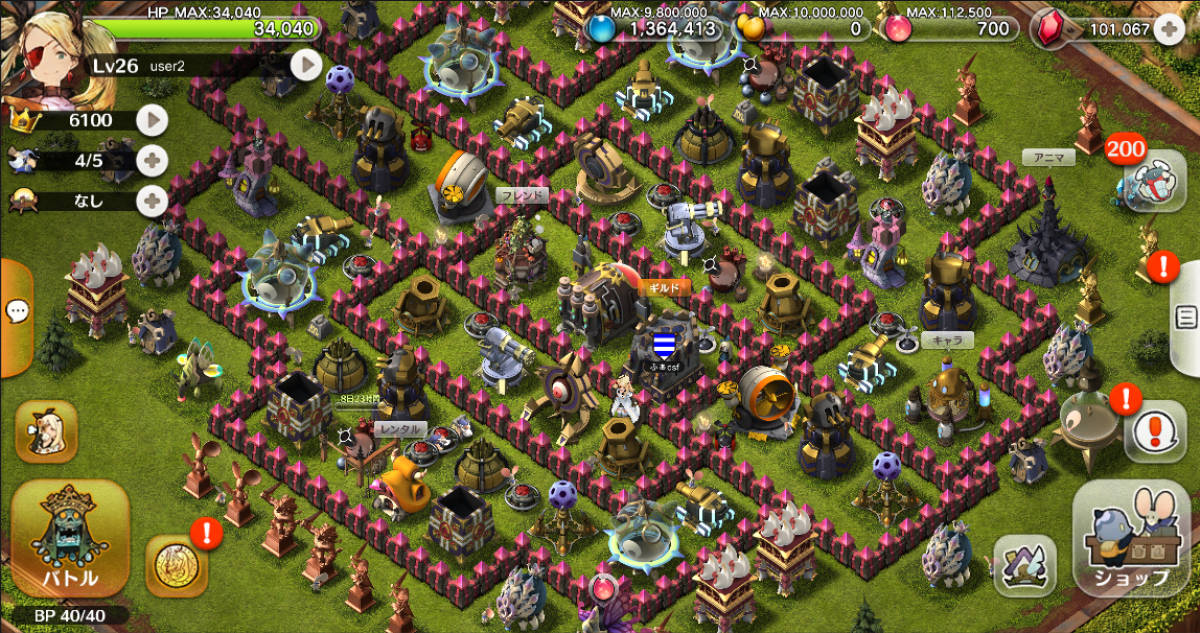
Matsuura and Shibata both shared their thoughts on what they believe is the appeal of the previous Little Noah game.
Matsuura:
“I think the cute characters and lively world are what give off so much charm. The characters are displayed with a strong depth of field effect which makes the background blur. This gives them a distinct presence, but at the same time they almost look like toys. I always thought that it was an incredibly appealing art style. It also has an amazing setting which incorporates many steampunk elements, such as Noah’s eyepatch, the deserted feel of the Airship, and the use of brass work. I personally found those elements to be quite captivating.”
Shibata:
“Yes, I agree. The characters certainly have a lot of charm. Noah herself is cute, of course, but the Lilliputs and even the enemies are all very adorable. The designs are appealing to all kinds of people, and the setting of the game is also quite accessible. I thought that it was an excellent game.”
Besides her ample cuteness, other examples given for why Noah is such a likeable character include her bright personality, the fact that she never becomes discouraged, her shapely thighs, and the way Ayana Taketatsu’s voice perfectly fits the character. Matsuura mentioned that her personality is a perfect match for a roguelite game where you must tackle challenges over and over. Noah has 150 voiced lines that were recorded just for battle scenes, and she also has a large amount of voiced dialogue in the story. Matsuura said, “I believe that there are many aspects of an action game that can benefit from being voiced and that having variation makes it easier to enjoy changes in tempo. That’s the reason we prepared such a large number of voiced lines.”
One of the major strengths of the original Little Noah game was the artwork by CyDesignation’s Akihiko Yoshida (Final Fantasy Tactics, Bravely Default, NieR: Automata). None of the art staff who participated in the development of that game are involved in Little Noah: Scion of Paradise, but as the team intended to use the same IP, Matsuura went to meet with Yoshida to ask him about his original intentions behind the designs.
“I asked Yoshida about the fact that Noah could grow giant in the previous title, and he said the idea for that actually came from Osamu Tezuka’s manga Marvelous Melmo. It’s not a simple matter of growing larger, as she also changes from a young girl into an adult. In order to properly include that aspect in this new game, we felt that Noah’s design (while in the giant form) needed to be a little more mature. To give her a more adult look, we made slight changes to her proportions and adjusted the balance of her face by doing things like adding lipstick. Since the team had a good understanding of the intentions behind Yoshida’s designs, we put in a lot of effort to make sure the world and characters all felt right.”
The development team also did their best to make sure that the new characters who didn’t appear in the previous game wouldn’t look out of place when viewed beside Yoshida’s designs.
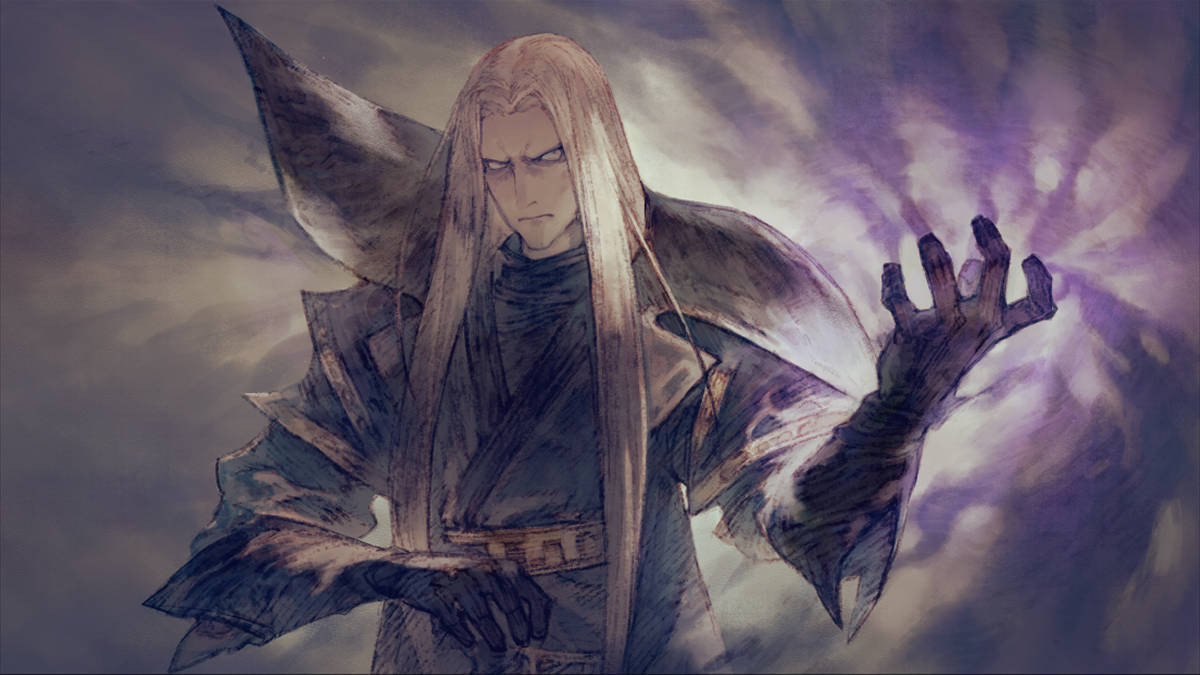
The scenario was also written by different staff members and acts as a prequel to the original title. This was done in the interest of making it more accessible to new players who may be unfamiliar with the smartphone game and also why they avoided using the title “Little Noah 2”.
Matsuura had this to say in regard to the story: “While the story in the previous game had been planned out, they didn’t actually get a chance to complete the whole thing. If we were to just try and make a sequel to that story, it would probably feel quite strange, so we decided to make it a prequel instead. After reading through the story and world materials created for the smartphone game, as well as the novel version, Little Noah: Tale of School Days, we decided to create a story that took place between the two. Even though we were creating our own original story, we did our best to make sure that everything fit within the established setting. We also wanted to connect the new title to the whole series, so there are little references here and there, like characters from the novel being mentioned in conversations.”
He also noted that it was important to really fall in love with the previous works in the series if they were going to make a new addition that they could be proud of.
Aspects that will appeal to core gamers
Matsuura also discussed the points that will appeal to core gamers: “I don’t think there are any other games that provide players with the ability to create such a large variety of original combos so easily. I really think the game has a certain style to it that will make players feel like it’s something that hasn’t been done before. In a way, it’s like a side-scroller that lets you freely create your own combos just like in a fighting game. I believe that nothing else out there has these unique qualities.”
Shibata mentioned that even though this is a roguelite game which is built around the cycle of dying over and over, it is still possible to beat the whole thing without dying even once. “That’s a challenge that I want players to attempt. As for the damage you can dish out, if you build your team the right way, you can even become strong enough to hit the limit of 9999. There’s a bit of luck involved in putting together the most dominant team builds, but I will be incredibly happy if there are players out there who are able to reach that level,” he said.
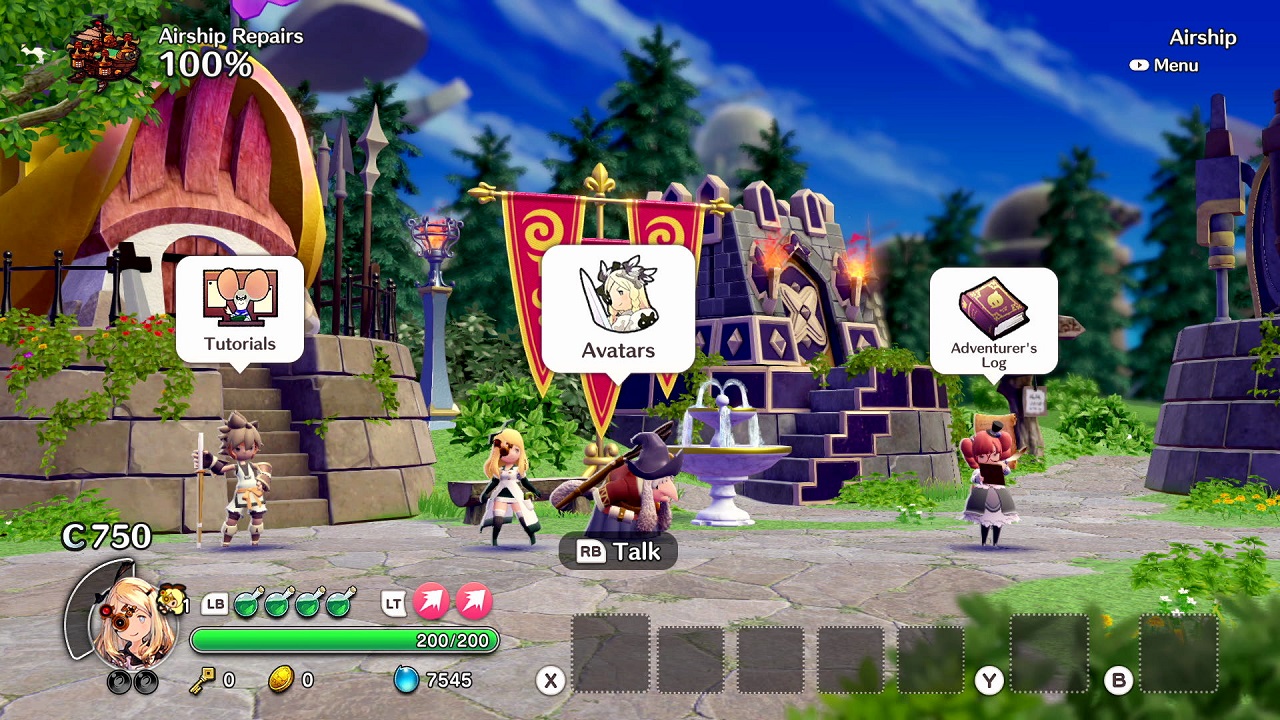
Little Noah: Scion of Paradise is currently available for the Nintendo Switch, PS4 and PC (Steam).



